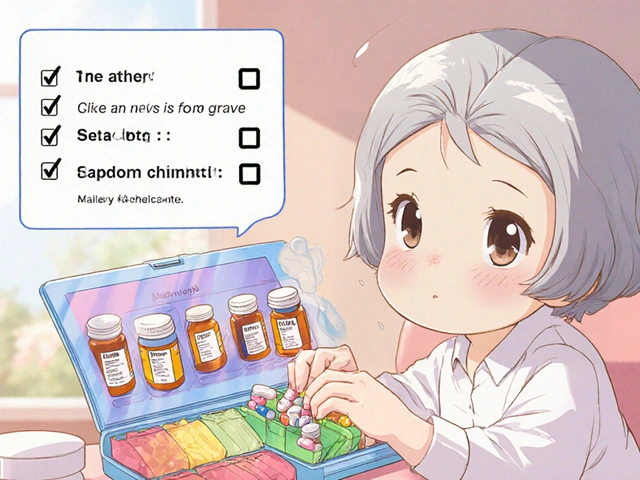When to Take a Pregnancy Test – Simple Timing Tips for Accurate Results
Got a missed period and wondering if it’s time to test? It’s easy to get confused by all the advice out there. The good news is you don’t need a PhD to know the right moment. Below you’ll find the most practical timing tips, straight from the labs and the people who use the tests every day.
How Long After a Missed Period Should You Test?
Most home pregnancy tests are designed to detect the hormone hCG once it reaches a certain level in your urine. That level typically shows up about 10 to 14 days after conception, which lines up with the first day of your missed period. If you test before the day your period is due, you might get a false‑negative because there isn’t enough hCG yet.
Here’s a quick rule of thumb: wait until the first day you notice your period is late. If you’re eager and want to test earlier, choose a test labeled “early detection” and use the first morning urine for the best chance of spotting low hormone levels.
Morning vs. Evening Testing – Does It Matter?
Yes, it does. Your overnight urine is more concentrated, which means higher hCG levels per drop. That’s why most experts say testing first thing in the morning gives you the most accurate read, especially if you’re testing before your missed period.
If you miss the morning window, don’t panic. You can still test later in the day, but make sure you’re well‑hydrated and avoid drinking large amounts of fluid right before testing. Extra water dilutes the urine and can lower the hCG concentration, increasing the chance of a false‑negative.
Another tip: if you get a negative result before your missed period, wait 48 hours and test again. hCG levels double roughly every two days in early pregnancy, so a second test can catch the rise.
Practical Steps for the Best Result
1. Read the instructions. Every brand has slightly different steps. Follow them exactly for the most reliable outcome.
2. Use a clean container. If the test isn’t a stick‑on‑your‑pee type, collect urine in a clean cup first.
3. Time it right. Most tests need 3‑5 minutes to develop. Don’t read the result too early or wait past the recommended window.
4. Keep the test dry. Moisture can affect the strip and lead to an unreadable result.
What If You Still Get a Negative Result?
Missed periods can be caused by stress, hormonal shifts, or changes in birth control, not just pregnancy. If you’re still not sure after a second test, schedule a visit with your doctor. They can run a blood test, which picks up hCG earlier and more accurately than urine tests.
Remember, a single negative result isn’t a final verdict if you’re testing early. Give your body a couple of days, stay consistent with the timing, and you’ll have a clear answer.
Bottom line: wait until your period is late, test with morning urine, follow the kit’s directions, and retest after 48 hours if needed. Simple steps, reliable answers, and less stress.
Pregnancy Test Guide: Types, Accuracy, and Timing

Discover the different pregnancy tests, how accurate they are, and the optimal timing for taking them. This guide covers urine strips, digital kits, and blood tests with practical tips.
read more



